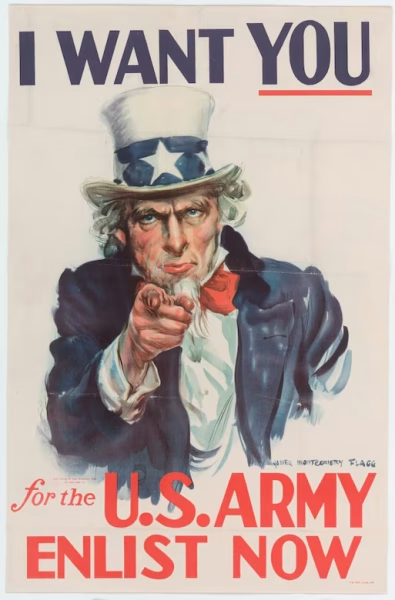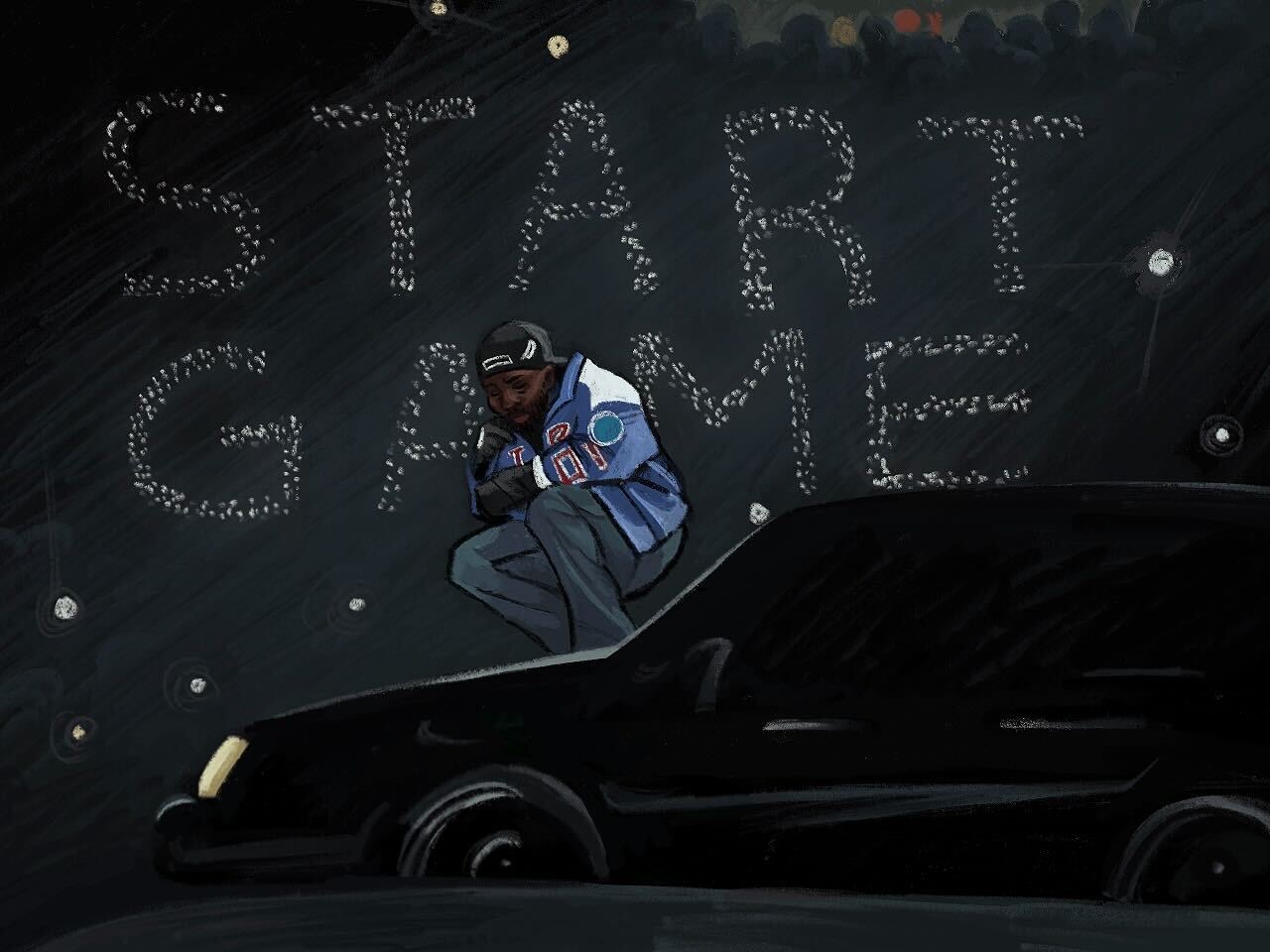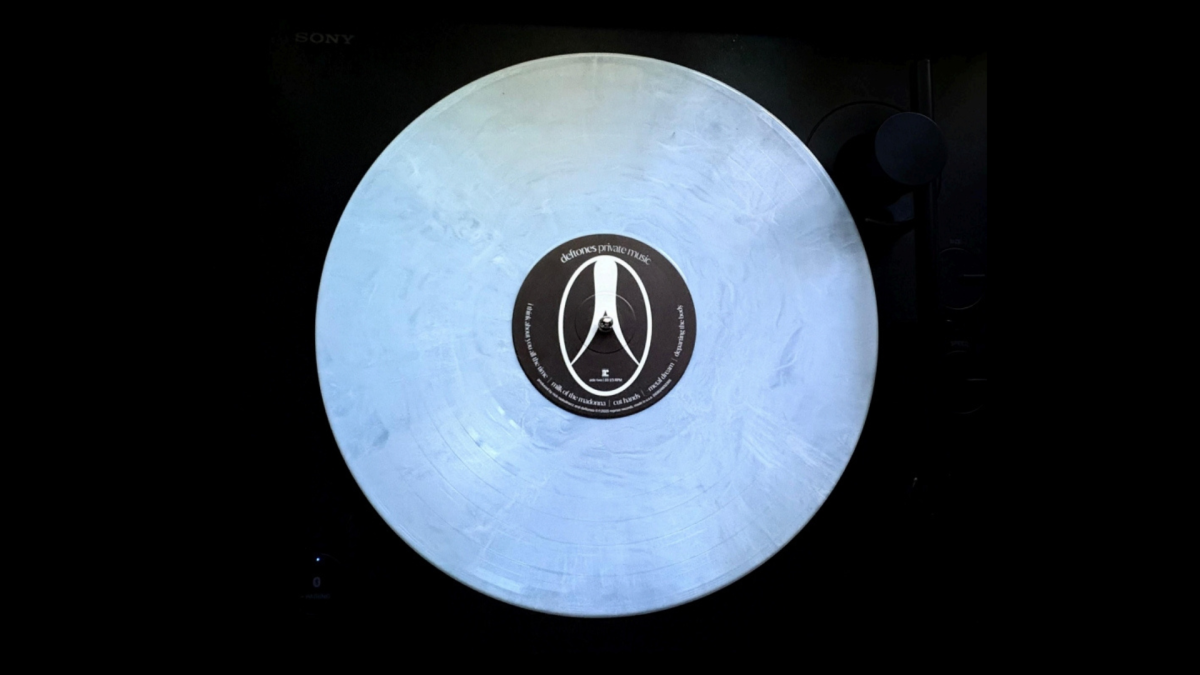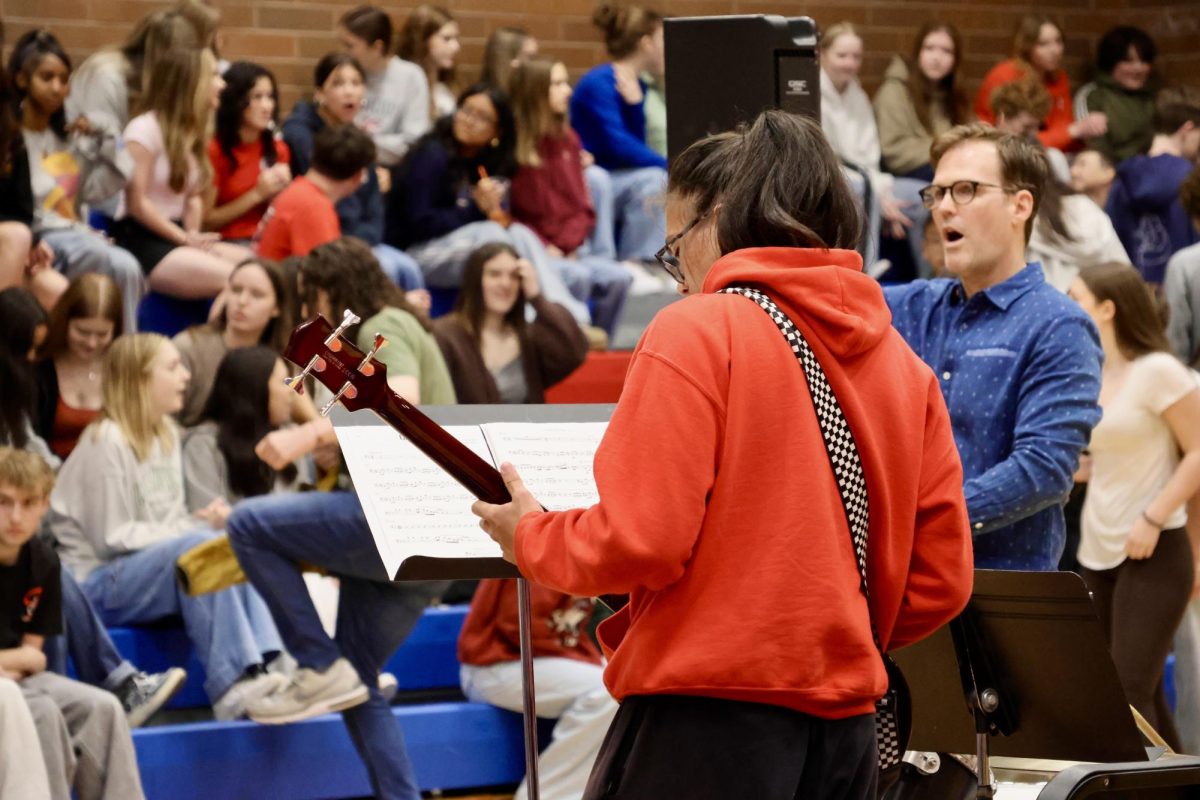When Kendrick Lamar took the stage at the Super Bowl LIX halftime show, it wasn’t just about hits. It was about hitting back.
In just 13 minutes — with a record-breaking viewership of 127.7 million — Lamar turned America’s biggest stage into a battlefield, hijacking a spectacle meant for passive consumption and transforming it into a blistering critique of the nation watching. This wasn’t just entertainment. It was a rebellion disguised as a halftime show.
It began with a voice.
“It’s your Uncle… Sam.”
Samuel L. Jackson’s voice rang out like a challenge, his presence looming over the stage.
Draped in an instantly recognizable red, white, and blue suit, Jackson’s outfit didn’t need to be exaggerated for satire: Uncle Sam is already a caricature, an overdrawn emblem of American power and propaganda. But in this context, the image took on a sharper, more insidious edge.

Jackson embodied a modern depiction of Uncle Sam — he didn’t even bother to conceal his opinion under the guise of the familial love that his name suggests. Throughout the performance, he openly reprimands Lamar, and demands he “tighten up!” to keep the status quo. Jackson puts it plainly: Lamar is “too loud. Too reckless. Too… ghetto.” His acting was a masterclass in menace, and a chilling reminder of the ways that the American dream has been manipulated to serve the interests of the powerful rather than the people.
As the production unfolded, the camera panned to the audience, capturing the reactions of the crowd. Among them was President Donald Trump, who made history by attending Super Bowl LIX and becoming the first sitting U.S. president to do so.
The contrast between Jackson’s portrayal of Uncle Sam with Trump’s presence in the stands added a layer of irony and critique. Here was the embodiment of American authority, watching a performance that challenged the very foundations of the nation he represents.
And Lamar was poking fun at him.
“The great American game.”
A square, a triangle, a circle, and a cross.
Split into four sections, each representing a button, the stage intentionally alluded to a PlayStation controller. Lamar’s vision was rooted in symbolism, as art director Shelly Rodgers explained. This wasn’t just a pop-culture reference; it was a deliberate commentary on the difficulties of navigating America’s system.
The controller, a tool for play, became a metaphor for Lamar’s life as a Black man in America. Each shape represented a different stage in his journey, framed by the rules of a game that often seems rigged from the start.
And it’s hard to miss the irony of all this subtext playing out at the Super Bowl, which we refer to as “The Great American Game.”
The performance, set against the backdrop of the most-watched sporting event in the country, only heightened the stakes. Lamar wasn’t just challenging the system; he was doing it at the epicenter of American entertainment, where the rules are written by those who already hold the power.
The symbolism was inescapable: the “game” isn’t only on the field — it’s being played on the stage, in real-time, for an audience that’s been conditioned to see it as entertainment.
But Lamar wasn’t just here to entertain. He was here to disrupt.
“The revolution ‘bout to be televised. You picked the right time, but the wrong guy.”
With that line, Lamar punched through the facade of the Super Bowl’s bright lights and celebrity spectacle.
It was a direct reference to Gil Scott-Heron’s legendary anthem, “The Revolution Will Not Be Televised,” a declaration that resistance and change wouldn’t come through conventional media channels. Where Scott-Heron’s revolution was about resisting commercialized rebellion, Lamar used the very tools of that commercialization to amplify his defiance.
By performing in front of millions, he turned the Super Bowl’s consumer-driven nature against itself, contradicting the very reason he is there: to entertain.
His words weren’t just a challenge to the system, but an acknowledgment of the inherent conflict of using mainstream media to subvert it.
The revolution was here, and it was being televised, regardless of how it was received.
“Forty acres and a mule, this is bigger than the music.”
The phrase, a callback to the long-broken Reconstruction-era promise to formerly enslaved Black Americans, wasn’t just a lyric — it was a demand. It was a reckoning.
Specifically, Lamar referred to Field Order No. 15, the Civil War-era promise of land to formerly enslaved Black Americans — land that was swiftly taken back when Andrew Johnson overturned the order in 1865. It was the foundation of generational theft, an American tradition of promising Black progress, only to snatch it away.
The game, as Lamar put it, was rigged from the start.
Then came “Not Like Us,” what we all were waiting for.
The beat dropped, the crowd erupted, and a diss track meant for a rap feud took on an entirely new life. The song had already become an anthem, but in this moment — blasted across the Super Bowl, with Trump himself in the audience — it was something else: a taunt and a victory lap.
A statement that Black culture is not to be controlled, co-opted, or played with.
The halftime show altered the public’s perception of the five-time Grammy winning song from just a simple diss track.
Because it was never Drake vs. Kendrick.
It was Drake vs. the culture.
But the halftime show wasn’t just a performance. It was a protest in plain sight.
As the stadium roared to the beat of “Not Like Us,” a performer from the 400-member field cast climbed onto the hood of the Buick Grand National centerpiece and unfurled a flag — half Palestinian, half Sudanese, with the words “Sudan” and “Gaza” scrawled across it, alongside a heart and a raised fist. Security moved in almost instantly. The protester leaped from the car, running in circles as the flag waved wildly in their hands, before being tackled and removed.
The NFL quickly issued a statement, rushing to distance itself and claim they had nothing to do with the ordeal, while Roc Nation denied any involvement, calling it an unsanctioned act that was not rehearsed or planned.
But despite the league’s best efforts to erase it, the moment still made its way onto millions of screens. Social media exploded with clips, images, and reactions — proof that even under the NFL’s tightest controls, protest found a way to seep through.
The league could erase it from broadcasts, but not from memory.
In one decisive, unscripted moment, every ounce of symbolism Lamar had peppered throughout his production had come to a head.
It was emblematic of every detail he included with careful intention: every statement intrinsically tied to Black history that had been previously spoken was echoed back through this single, simple, and subversive act.
Actions speak louder than words. And Lamar delivered both.
He knew better than to play “the game.”
Instead, Lamar played its makers, and he invited audiences to do the same.
Turn the “TV Off.”











Chris Babinec • Mar 11, 2025 at 12:48 pm
YES! YES! YES! This article captures the depth, breadth, and intensity of what was perfectly crafted and executed cultural moment rooted in art and history. Kendrick Lamar’s vision, and execution (pun intended), of a protest thinly disguised as a “show” was simply masterful. His genius was on full display. Thank you for this excellent coverage of an important event.
Nazy Sharifi • Feb 20, 2025 at 7:24 pm
Dang kid, you are good!
This was a fantastic analysis of a culturally impactful moment…if your eyes, ears, and mind were sharp and open enough to understand it. Your article made me go back and rewatch the event with a sharper perspective.
Thank you for your article.